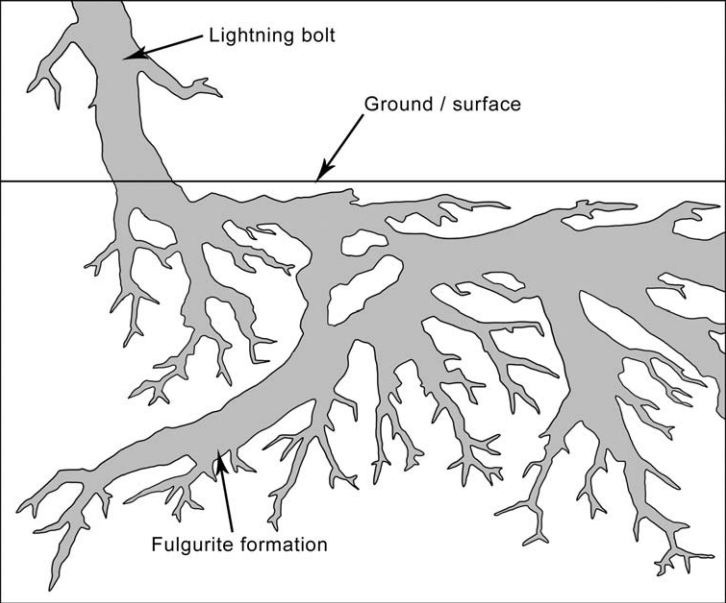It's no secret that the weather on the OBX can be a bit fickle. It's almost like the summer heat on the beach emulates popcorn over heat. Blips are popping up all over the radar, making a whole lot of something from nothing. But, you know what they say, "if you don't like the weather, just wait 5 minutes". Surely, those blips on the radar will be gone just as quickly as they popped up. Such is life on a sandbar.
It's always a good idea to keep your eyes to the west to watch for any dark clouds. It doesn't happen everyday, but you'll more than likely encounter a rainy patch during a midsummer's day. If you start to see other beachgoers packing up, it's a good cue to get things gathered up just in case. Sprinting indoors and watching the storm roll by can be so exciting. If you can find a safe vantage point, observing mother nature wash over the beach is truly amazing.
After the storm is sent out to sea, and the crabs come out of hiding, and the gulls begin laughing again (seemingly at all the beachgoers who panicked and ran at the first raindrop) the beach is doted with souvenirs. These aren't the kind of souvenirs you'll find at Super Wings, but they are something worth bringing home with you!
What are these souvenirs I speak of? Fulgurite! AKA fossilized lightning.
This souvenir literally allows you to bring home a piece of the storm home with you.
So what exactly is fulgurite? It is the product of plasma fusing sand together.
Plasma is the 4th state of matter. It isn't a liquid, a solid, or a gas. It's a superheated matter comprised of charged particles called ions. It is what stars and suns are made of, and it just so happens to also be what lightning is made of. The glow from the stars and the sun is the same glow that lights up the sky with each lightning strike.
When that strike occurs on the beach, it zaps all of the granules of sand, particularly silica. Silica is the main constituent of sand, making it the most abundant mineral on our beach. This compound has a melting point of ~1,700 degrees Celsius. Wow!
You know that sprint you make across the hot sand in the middle of summer, and you think, "surely, this sand can't get any hotter!" Well, it can.
Lightning's temperature is roughly 30,000 degrees Celsius. THIRTY THOUSAND. Shew! That makes that late July, mid-day dry sand sound like a walk in the park.
When the strike occurs, the sand is instantaneously heated to thousands of degrees. For that moment in time, when the lightning strikes the sand, the sand turns into liquid. The melted sand takes on the shape of the lightning bolt as it penetrates the earth. Because the sand doesn't remain molten long (will solidify again once it drops below ~1,700 degrees Celsius) it immediately returns to a solid state, preserving the shape the plasma took in that split second forever.
While they tend to be fragile while handling, they actually withstand weathering phenomenally. This makes fulgurite essential in our understanding of the Earths changes, and even allows us a glimpse into our prehistoric planet. This makes them important paleoenvironmental indicators. For example, there is a 250 million year old fulgurite that has been discovered in the Sahara desert. The Sahara does not get lightning storms, so this gives indication to a much different environment millions of years ago.
Fun fact: fulgurite is one of only two natural glasses on Earth. The only other instance of natural glass comes from meteorites. Though, your beach find won't look like glass (unless it's sea glass that you've found -- LOL), because the sand surrounding it will cling on to the formation, masking what's underneath. However, if you break it open, you can see shiny bits of natural glass!
I like to describe it to the kiddos as if the beach is a bullseye in the game of darts. Mother nature likes to use lightning bolts as her darts. When she hits her bullseye (the beach), she wants a trophy for hitting her target, and that trophy comes in the form of fulgurite. Yes, it's a cheesy way to look at it, but it makes rainy days more fun! You can take the kids down to the beach after the storm to see "if mother nature got a bullseye!" It's also a great opportunity to teach, get the kids out on a mission, and ignite their imagination.
So who knew, that grey colored, odd-shaped rock you found is actually way cooler than you probably thought it was.
It is chemistry and physics and mother nature in one split second, all frozen in time forever.
Or you know, it is just the trophy of a pretty gnarly game of darts. ;)






